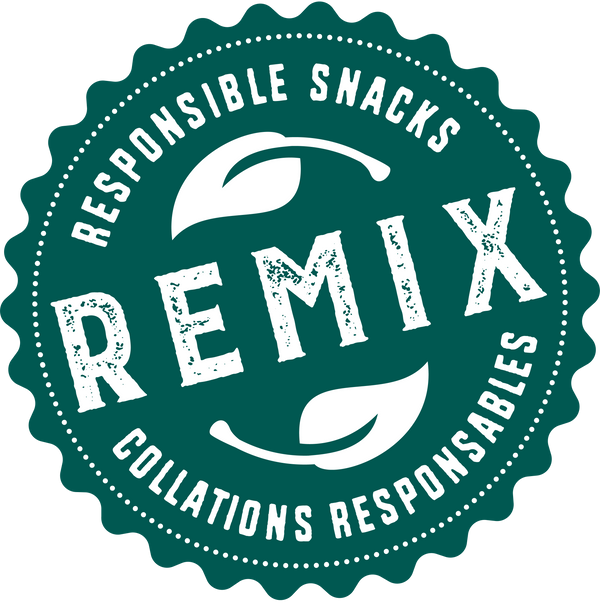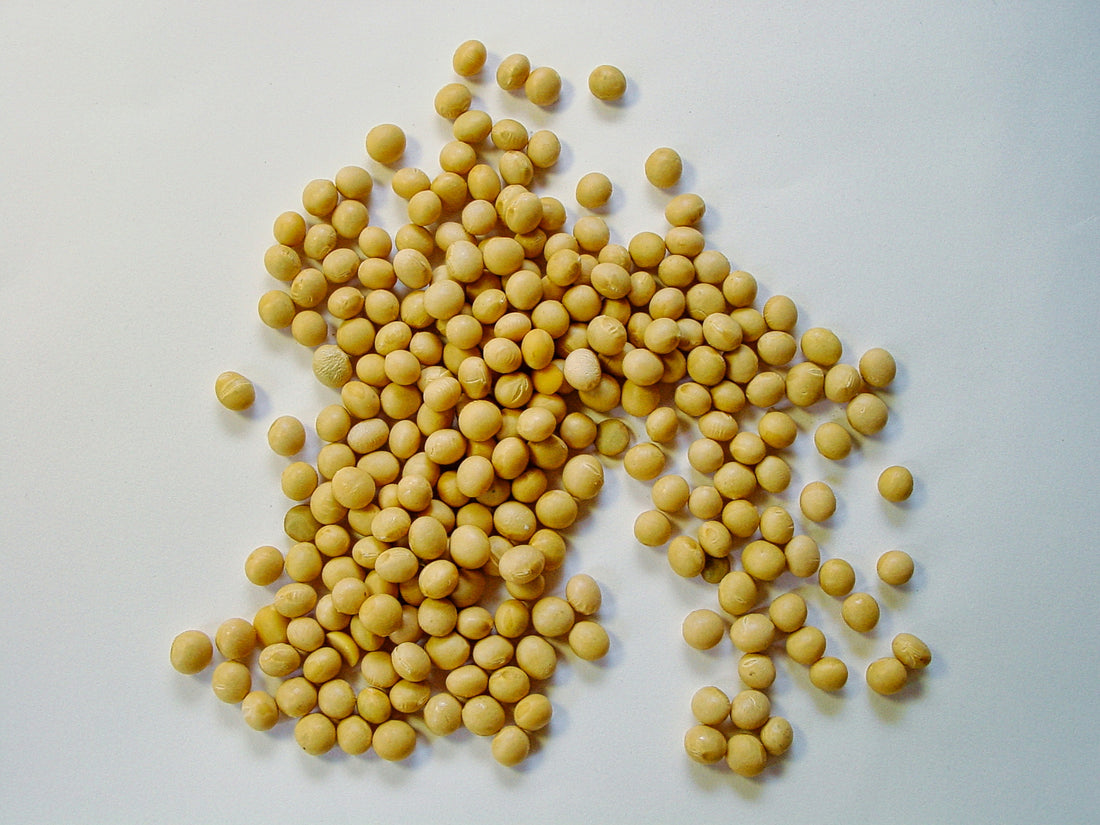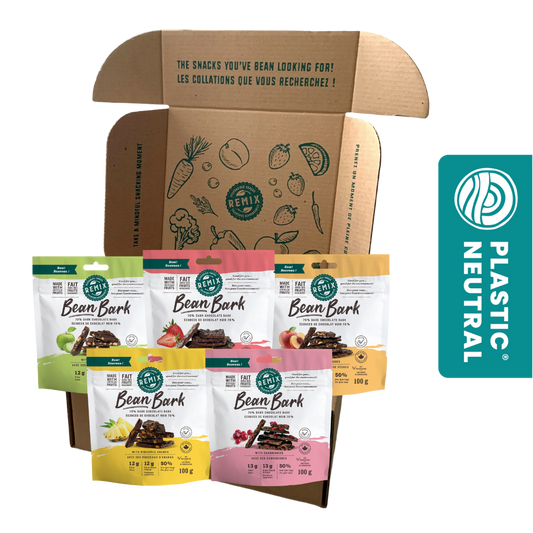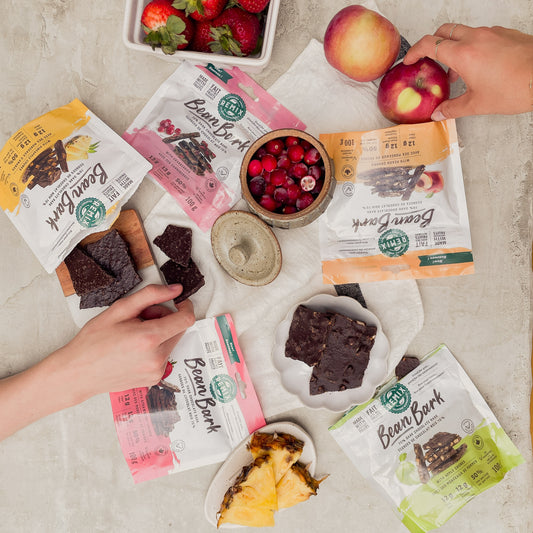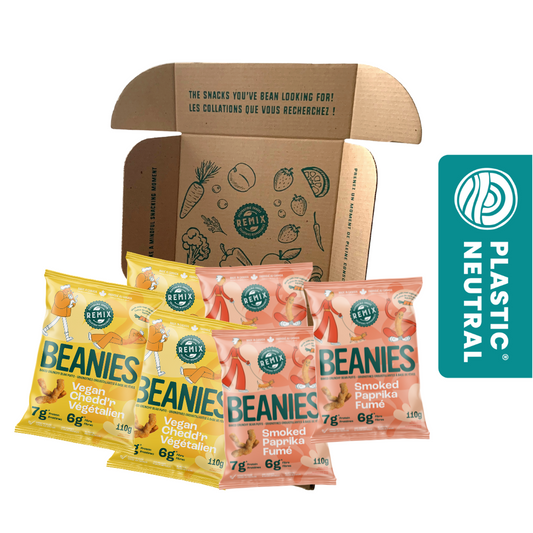Written by: Ei-Xia Mussai , Feb 2024
Choosing the right foods to feed ourselves and our loved ones can feel daunting when there’s a food allergy involved. So many packaged products in the grocery store seem to contain allergens such as milk, eggs, peanuts, tree nuts, or soy. Soy-containing products can be particularly confusing, especially when considering ingredients not directly containing soybean, like soy lecithin. How can we be sure that what we are eating is safe? Let’s take a look at what expert sources have to say about soy products and allergies.
What products contain soy?
Soybeans are a type of legume that are rich in nutrients including protein, fiber, and iron. This bean is very versatile as many soy products come from soybeans. This includes soy milk, soy sauce, soy oil, tofu, edamame (steamed soy beans), and much more (Food Allergy Canada, n.d.). Many processed foods also contain soy such as baked goods, deli meats, and snack foods.
How common are soy allergies?
In Canada and the USA, soy is considered a priority or major food allergen because of the protein found in the soybean. This allergy is most common in infants and is often outgrown by age 10 (Savage et al., 2010). Despite being a priority allergen, soy allergies are the least common compared to other priority allergens like eggs, peanuts, and milk (Messina and Venter, 2020). In fact, milk allergies are more than 7 times more common in Canada and the USA, compared to soy allergies.
What about soy lecithin- What is it?
Soy lecithin is a food additive that is most often used as an emulsifier to help mix ingredients together and prevent them from separating (think of oil and water). Soy lecithin comes from soybean oil and is mainly made up of fat molecules, but also contains small amounts of soy proteins (Gu et al., 2001). Soy lecithin is also available as a health supplement as some studies have reported health benefits for lowering cholesterol (Ovesen et al., 1985, Ramdath et al., 2017). When taken as a supplement capsule, this is a much larger quantity of soy lecithin than what is found in packaged food products.
Can I consume soy lecithin if I have a soy allergy?
Generally speaking, the amount of protein in soy lecithin is not enough to result in an allergic reaction when consumed in small quantities found in packaged foods (Gholmie et al., 2020). However, some of these soy proteins may cause allergic reactions similar to other soy foods, especially in those who are very sensitive to soy (Health Canada, 2017). There may be a bigger risk of an allergic reaction to soy lecithin if consuming large amounts, such as in a health supplement capsule form. This is because of the higher content of allergy-causing soy proteins (Gu et al., 2001).
Reading food labels and speaking with your healthcare provider and/or allergist is always the safe thing to do if you are unsure about consuming products that contain soy lecithin.
Can I consume Bean Bark if I have a soy allergy?
It may depend on the severity of your soy allergy. Bean Bark contains a small amount of soy lecithin to help the chocolate flow better during the manufacturing process. Since the content of soy protein is quite low in Bean Bark, it can be a safe option for most people, even if you have a soy allergy. Remember, when in doubt, always consult with your healthcare professional if you are concerned about consuming soy lecithin or other potential allergens.
References:
Food Allergy Canada. (n.d.). Soy. https://foodallergycanada.ca/allergies/soy/
Gholmie, Y., Lozinsky, A. C., Godwin, H., Reeve, K., Dzubiak, R., Shah, N., & Meyer, R. (2020). Tolerance of soya lecithin in children with non-immunoglobulin E-mediated soya allergy: a randomised, double-blind, cross-over trial. Journal of human nutrition and dietetics : the official journal of the British Dietetic Association, 33(2), 232–240.
Gu, X., Beardslee, T., Zeece, M., Sarath, G., & Markwell, J. (2001). Identification of IgE-binding proteins in soy lecithin. International archives of allergy and immunology, 126(3), 218–225.
Health Canada. (2016, August 31). Soy- A priority food allergen. Government of Canada. https://www.canada.ca/en/health-canada/services/food-nutrition/reports-publications/food-safety/priority-food-allergen.html
Messina, M., & Venter, C. (2020). Recent surveys on food allergy prevalence. Nutrition Today, 55(1), 22-29.
Ovesen, L., Ebbesen, K., & Olesen, E. S. (1985). The effects of oral soybean phospholipid on serum total cholesterol, plasma triglyceride, and serum high-density lipoprotein cholesterol concentrations in hyperlipidemia. Journal of parenteral and enteral nutrition, 9(6), 716–719.
Ramdath, D. D., Padhi, E. M., Sarfaraz, S., Renwick, S., & Duncan, A. M. (2017). Beyond the Cholesterol-Lowering Effect of Soy Protein: A Review of the Effects of Dietary Soy and Its Constituents on Risk Factors for Cardiovascular Disease. Nutrients, 9(4), 324.
Savage, J. H., Kaeding, A. J., Matsui, E. C., & Wood, R. A. (2010). The natural history of soy allergy. The Journal of allergy and clinical immunology, 125(3), 683–686.
